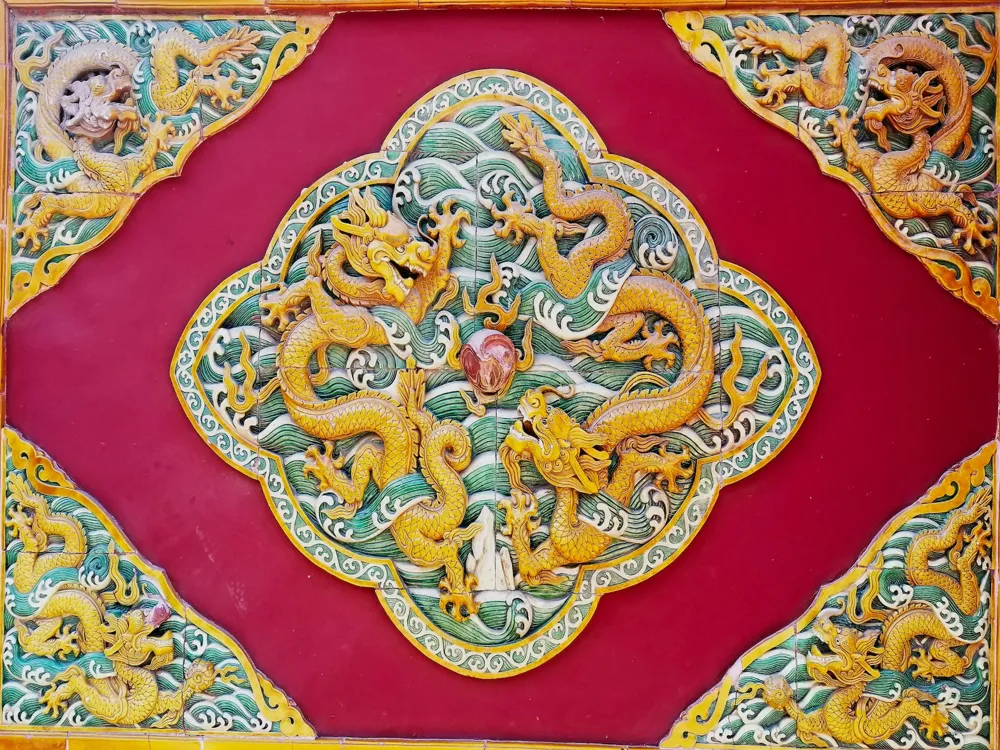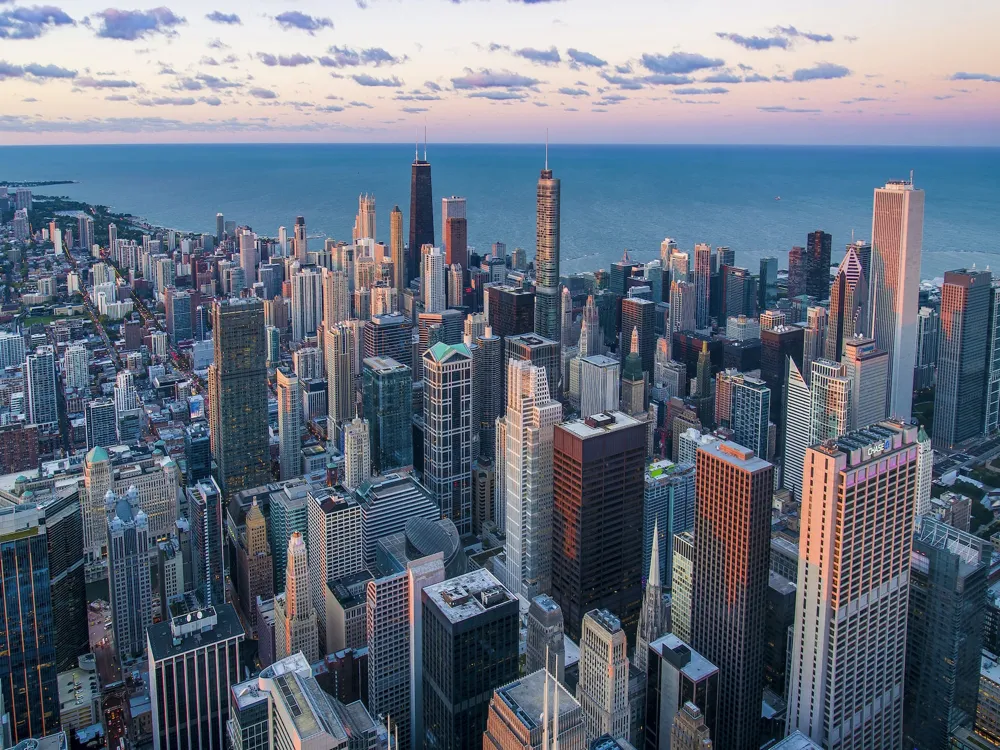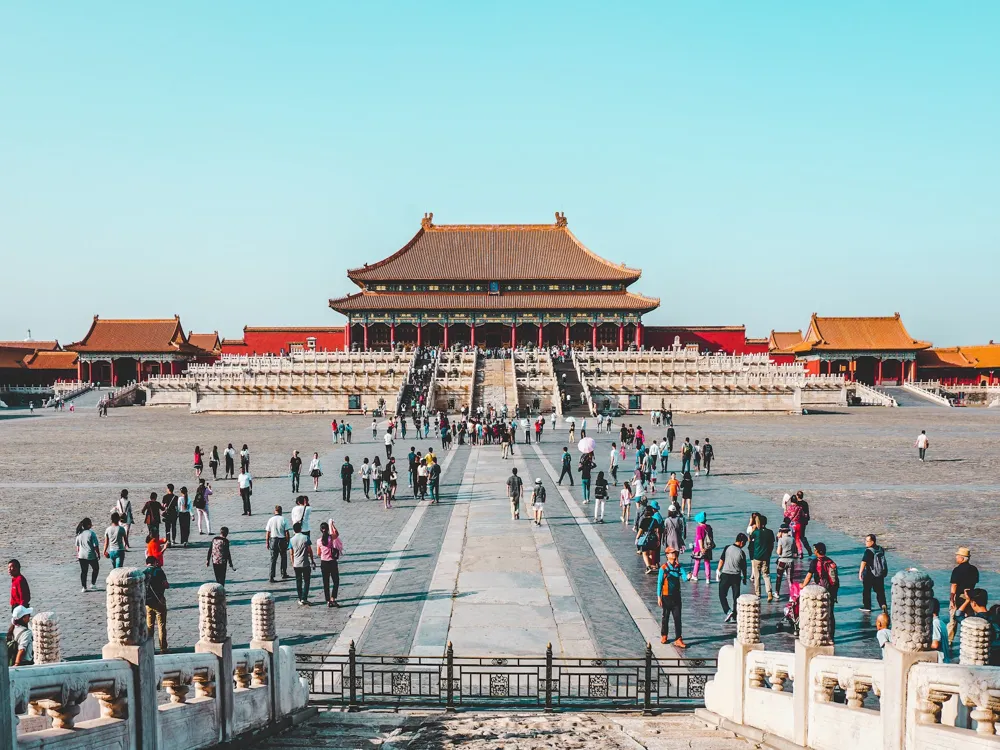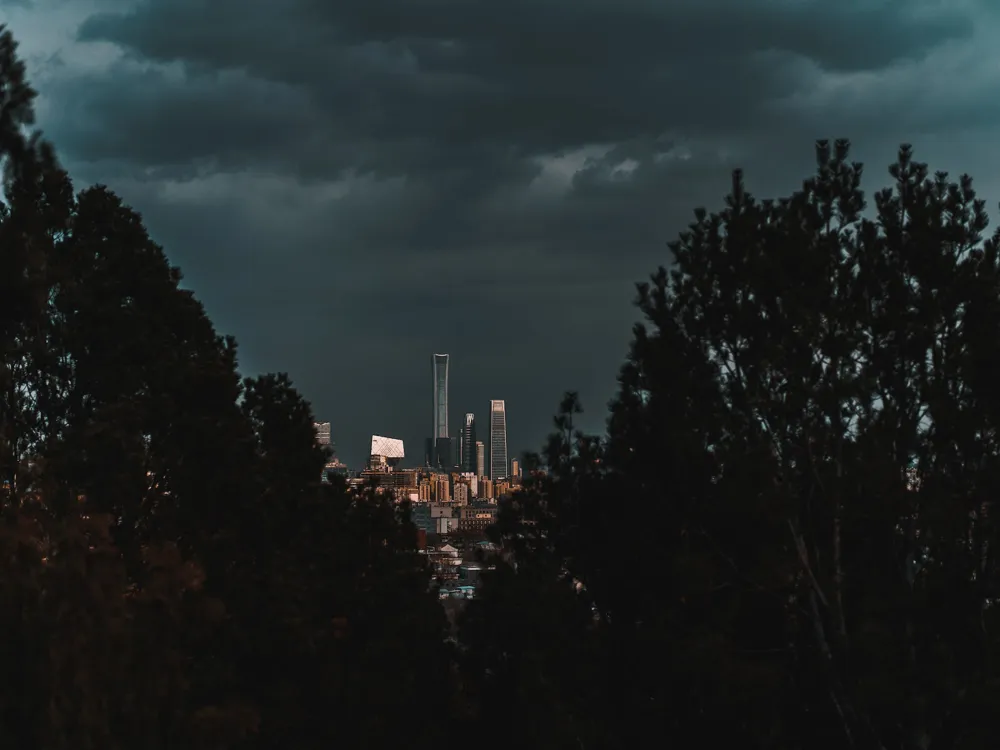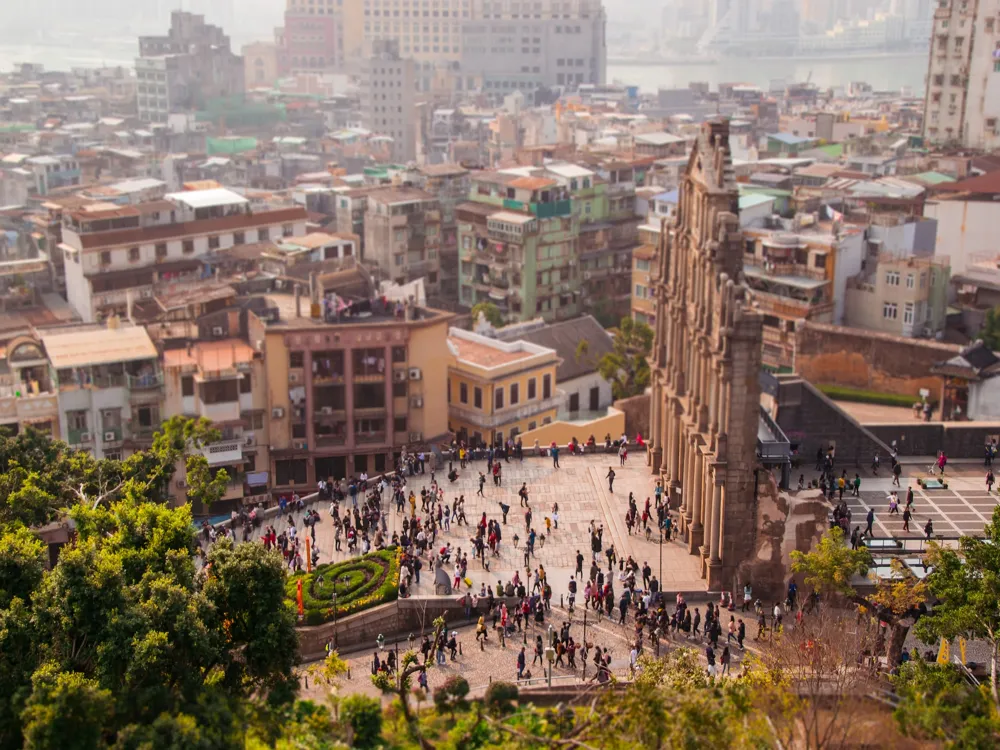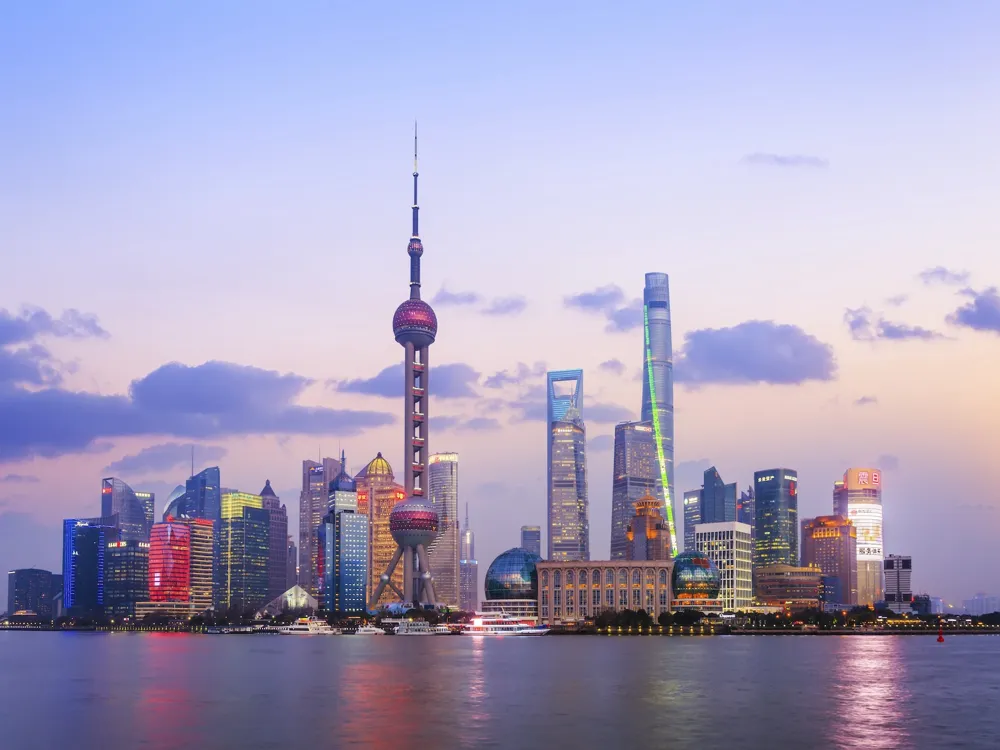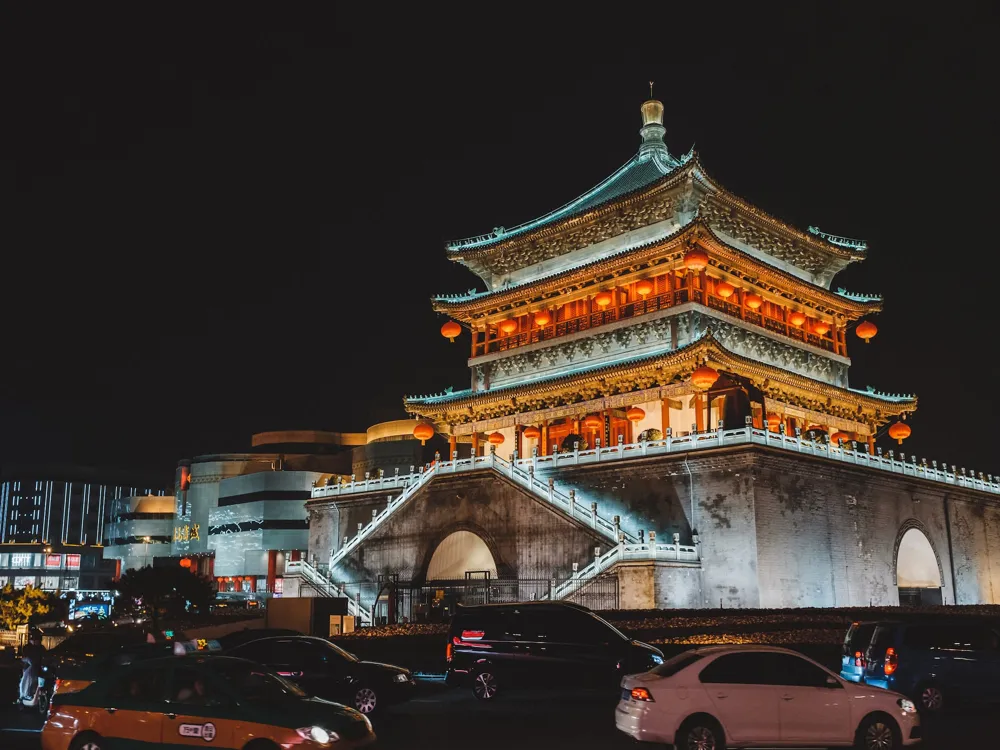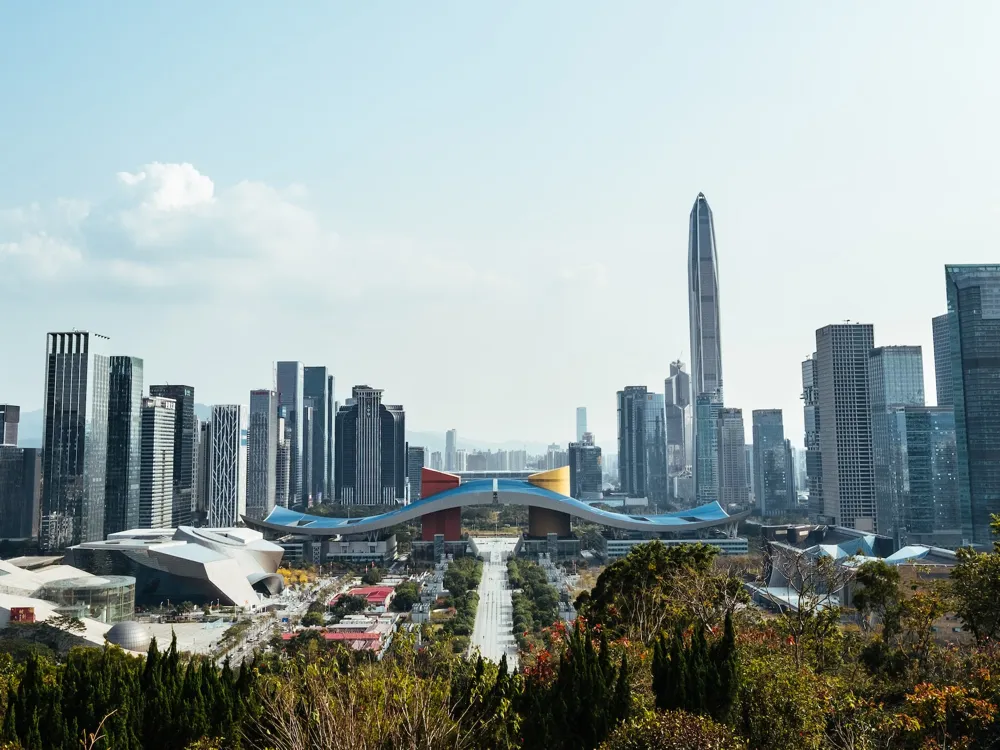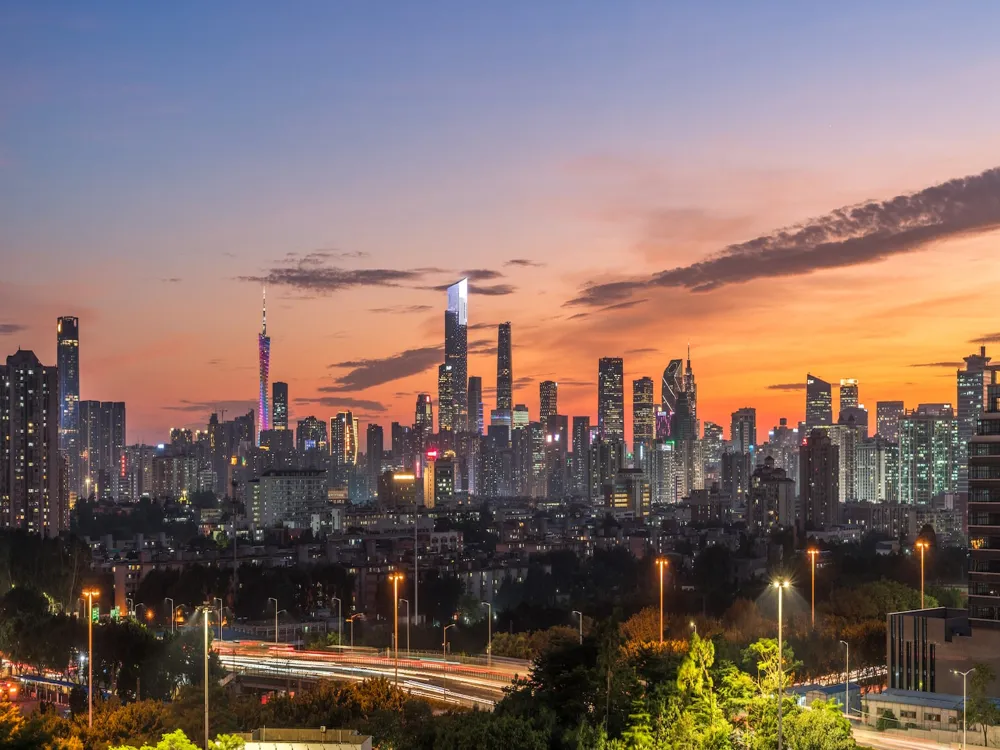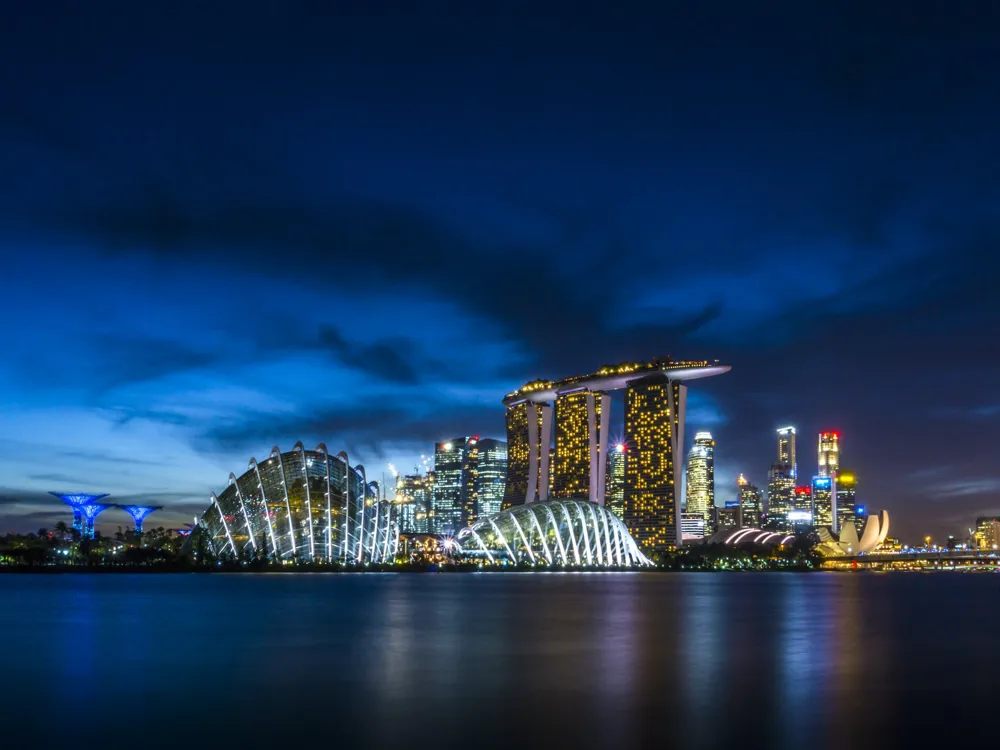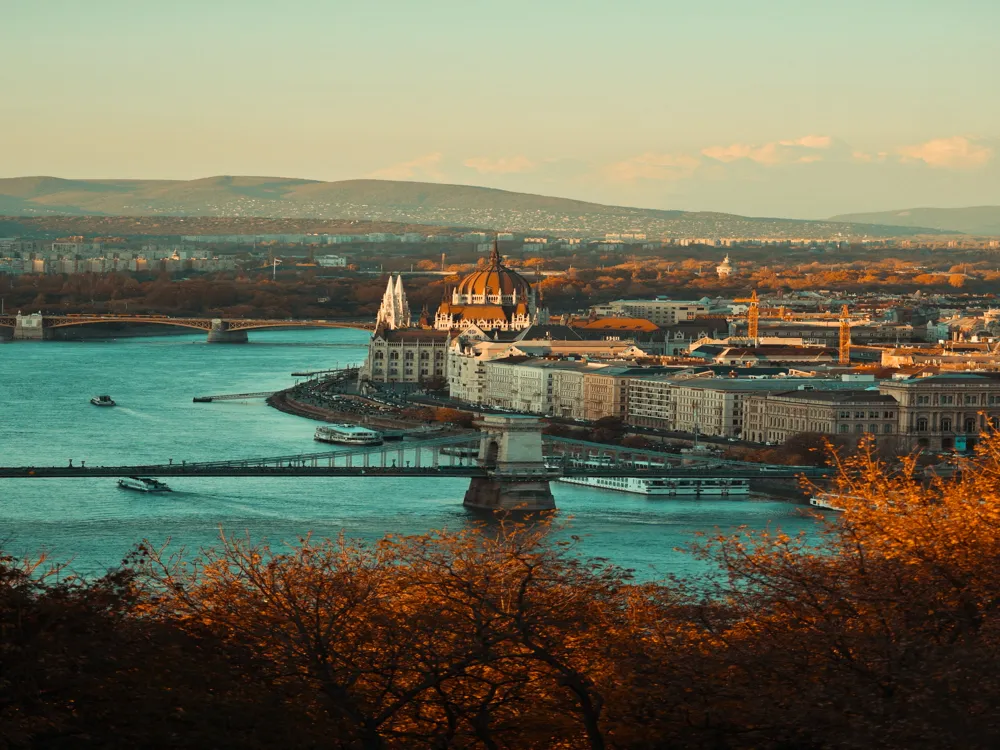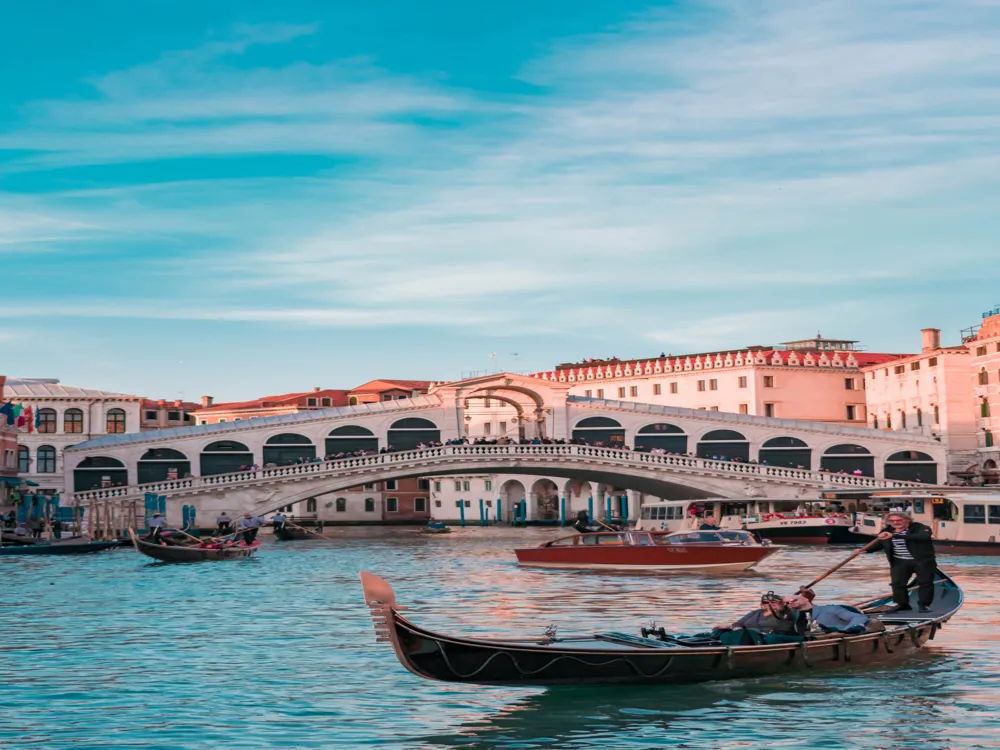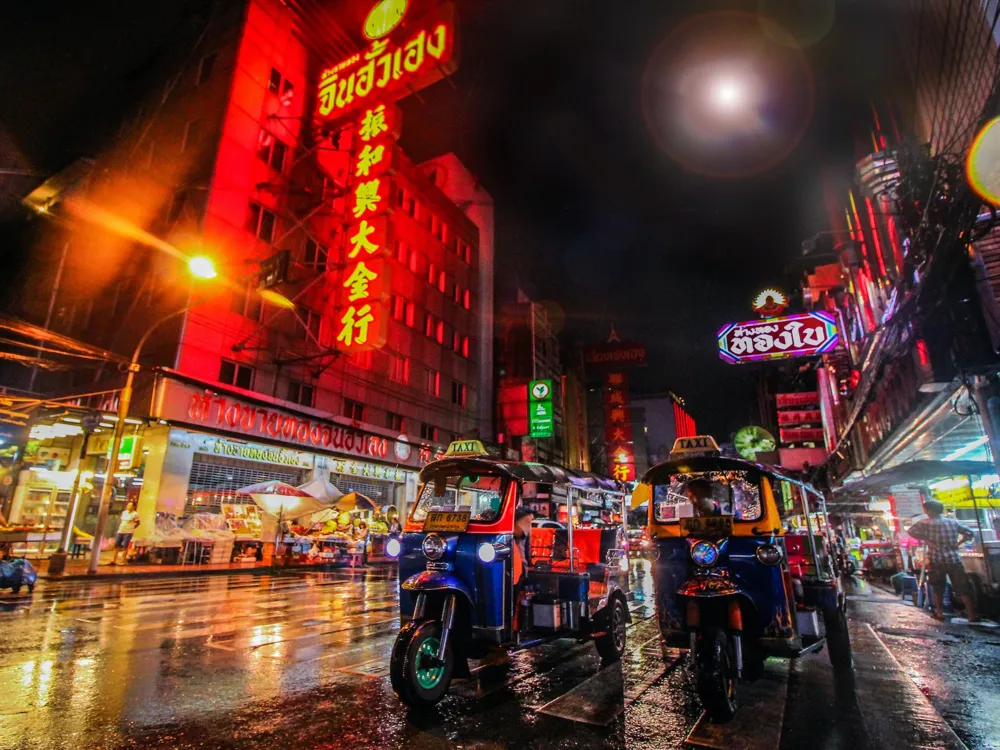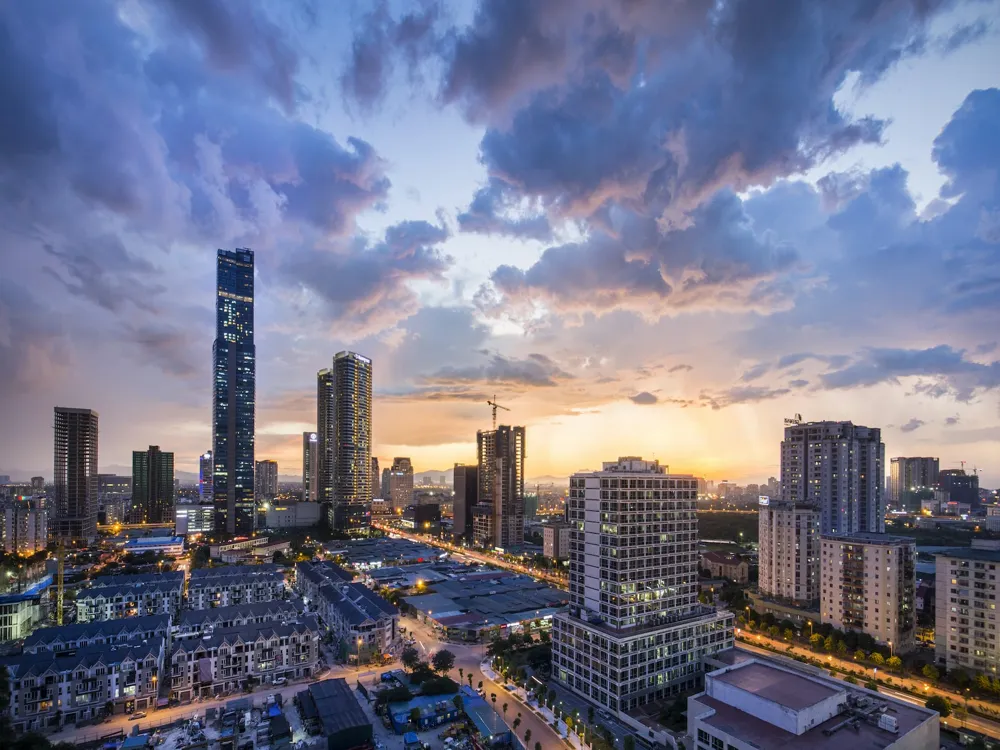Beijing, the capital city of China, is a remarkable blend of ancient history and modern development. Known for its rich cultural heritage, Beijing has been the heart of China's political and cultural life for centuries. This sprawling metropolis is home to a population of over 21 million people and serves as a hub for national transportation and communication. Beijing's history dates back three millennia, making it one of the oldest cities in the world. As the last of the Four Great Ancient Capitals of China, it has been the political center of the country for much of the past eight centuries. The city is renowned for its opulent palaces, temples, parks, gardens, tombs, walls, and gates. It has seven UNESCO World Heritage Sites – the Forbidden City, Temple of Heaven, Summer Palace, Ming Tombs, Zhoukoudian, and parts of the Great Wall and the Grand Canal. These sites provide a deep insight into the rich history of the region. In contrast to its ancient structures, Beijing's cityscape is also marked by its modern buildings, including the CCTV Headquarters, the National Center for the Performing Arts, and the Beijing National Stadium, also known as the Bird's Nest, which hosted the 2008 Olympic Games. Beijing is not only a testament to the past but also a mirror to the present and future of China. The city's rapid development in the past few decades has transformed it into a bustling international metropolis. With a mix of traditional Chinese culture and modernity, it offers a unique experience to both its residents and visitors. From its bustling street markets and vibrant nightlife to its tranquil parks and temples, Beijing is a city of contrasts, where ancient traditions coexist with modern lifestyle. Beijing's architecture is a fascinating amalgamation of ancient and modern styles. It reflects the city's long history and China's rapid modernization. Traditional Beijing architecture is characterized by its use of wooden structures, courtyards, decorative rooftops, and intricate carvings. The city's layout was meticulously planned according to ancient Chinese cosmology and feng shui to reflect the hierarchical social order and to harmonize with nature. The Forbidden City, a prime example of Ming and Qing dynasty architecture, stands at the heart of Beijing. This massive palace complex was the Chinese imperial palace from the Ming dynasty to the end of the Qing dynasty. It is the largest and best-preserved collection of ancient buildings in China, showcasing the traditional Chinese palatial architecture. The complex consists of 980 buildings covering 180 acres, all enclosed within a large defensive wall. Another notable traditional structure is the Temple of Heaven, an imperial complex of religious buildings where emperors of the Ming and Qing dynasties held annual ceremonies of prayer to Heaven for good harvest. The architecture and layout of the Temple of Heaven symbolize the relationship between earth and heaven, the human world and God's world, which stands at the core of Chinese cosmogony. In contrast, modern Beijing's skyline is dotted with architectural marvels that showcase China's rise as a global power. The CCTV Headquarters, designed by Rem Koolhaas and Ole Scheeren, is a striking example of contemporary architecture. This building, with its distinctive looped shape, challenges conventional architectural design and has become an iconic symbol of modern Beijing. The Bird's Nest, designed by architects Herzog & de Meuron, is another architectural wonder. This stadium, with its steel lattice structure, was the main venue for the 2008 Olympics and is now a major tourist attraction. It symbolizes China's growing economic and cultural influence. Beijing, with its rich history and culture, has unique customs and traditions. As a visitor, respecting these customs is essential. For instance, it's customary to remove shoes when entering someone's home and to use both hands when giving or receiving an object as a sign of respect. Beijing's public transport system is extensive and efficient, including buses, subways, and taxis. It's recommended to use public transportation to avoid traffic congestion. Having a map or a translation app can be extremely helpful for non-Mandarin speakers. Beijing is famous for its cuisine, including the world-renowned Peking Duck. Street food is also a must-try, offering a variety of local flavors. However, it's important to be cautious with street food to avoid stomach issues. Beijing experiences four distinct seasons. Summers can be hot and humid, while winters are cold and dry. It's advisable to check the weather forecast before your trip and dress accordingly. While the Forbidden City and the Great Wall are must-visits, exploring lesser-known sites like the Hutongs (traditional alleys) and local markets can provide a more authentic experience of Beijing's culture and lifestyle. Beijing is well-connected through various modes of transportation. Beijing Capital International Airport, one of the busiest in the world, serves as the main gateway for international flights. The city is also accessible by high-speed trains, connecting it to major cities in China, and by long-distance buses. For those traveling within China, domestic flights to Beijing are readily available from almost all major Chinese cities.Overview of Beijing
Architecture of Beijing
Tips When Visiting Beijing
Understanding Local Customs
Navigating the City
Food and Cuisine
Weather and Clothing
Popular Attractions and Sightseeing
How To Reach Beijing
Jingshan Park
Beijing
NaN onwards
View beijing Packages
Weather :
Tags : Garden & Park
Timings : 6:30 AM - 9:00 PM
Entry Fee : Adult - CNY 10,
Child - CNY 5
Planning a Trip? Ask Your Question
Beijing Travel Packages
View All Packages For Beijing
Top Hotel Collections for Beijing

Private Pool

Luxury Hotels

5-Star Hotels

Pet Friendly
Top Hotels Near Beijing
Other Top Ranking Places In Beijing
View All Places To Visit In beijing
View beijing Packages
Weather :
Tags : Garden & Park
Timings : 6:30 AM - 9:00 PM
Entry Fee : Adult - CNY 10,
Child - CNY 5
Planning a Trip? Ask Your Question
Beijing Travel Packages
View All Packages For Beijing
Top Hotel Collections for Beijing

Private Pool

Luxury Hotels

5-Star Hotels

Pet Friendly







